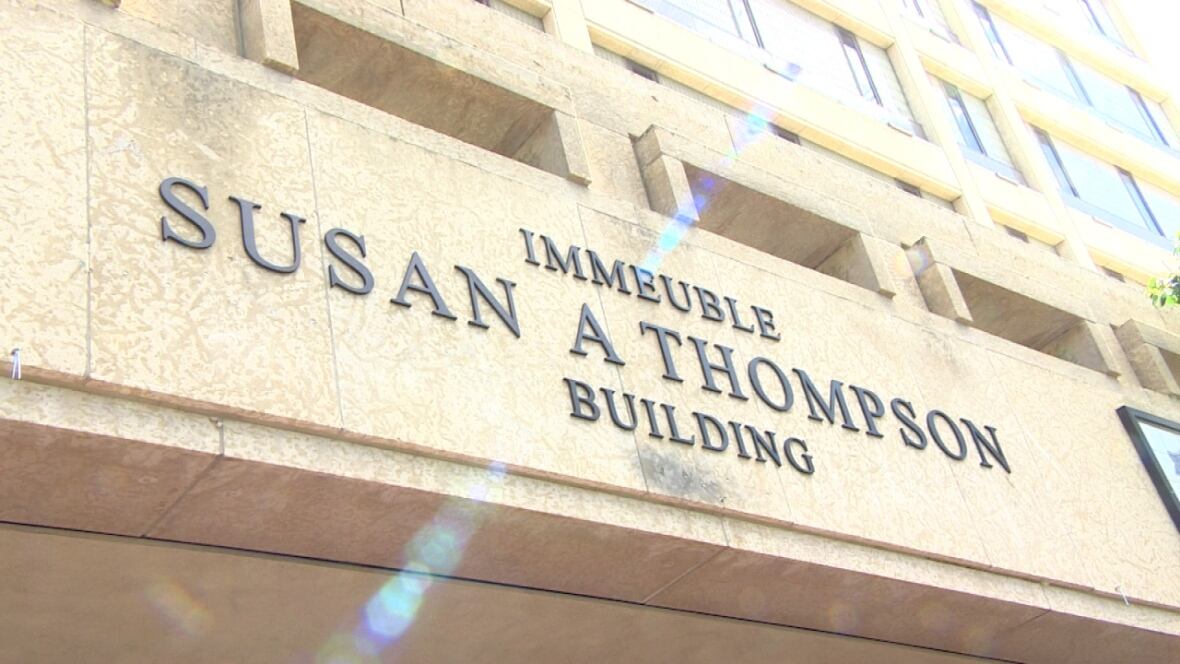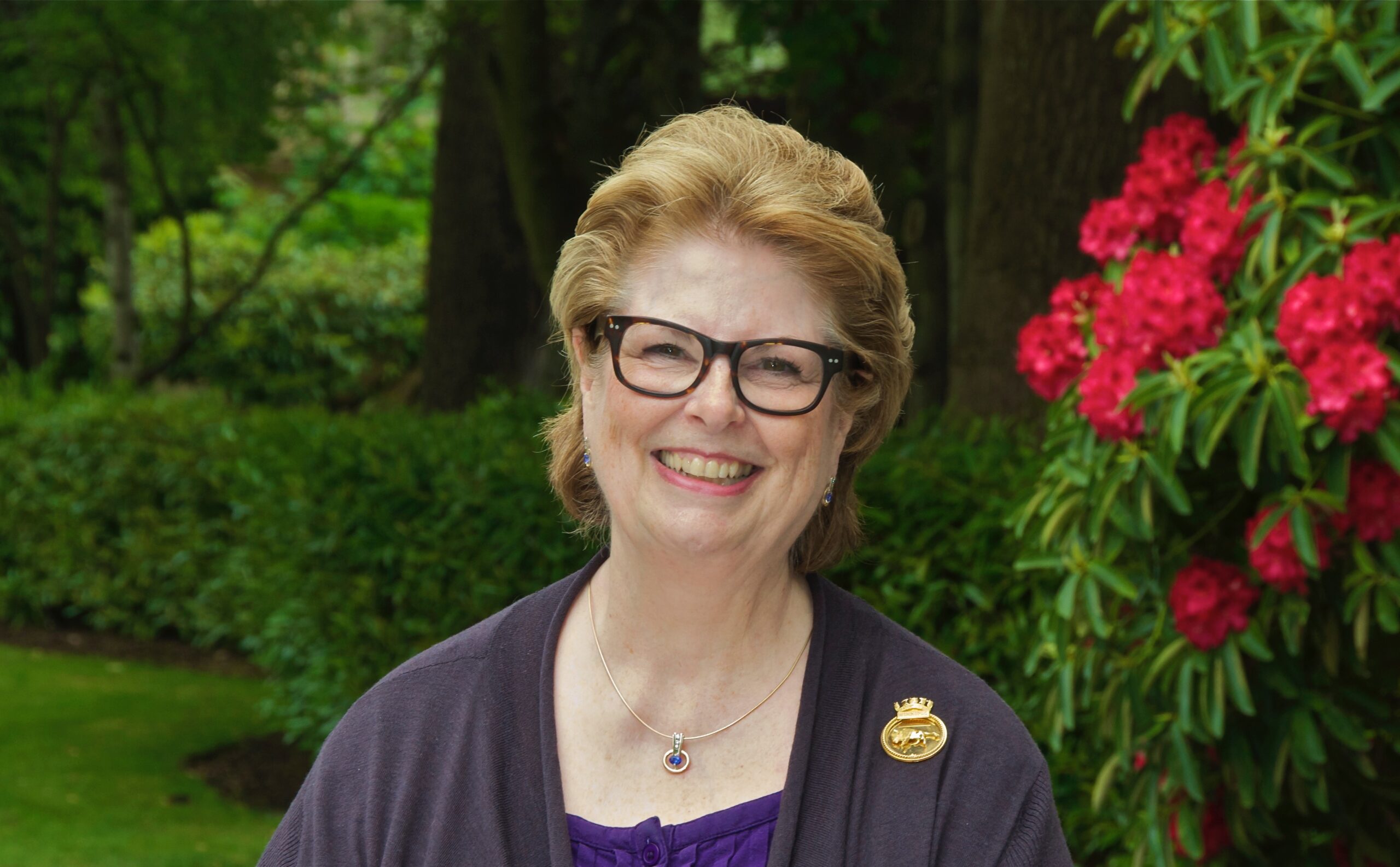By Myron Love
It was great reconnecting recently with Susan Thompson again after more than 25 years. I spent a very pleasant afternoon with our personable, warm, and welcoming former mayor reviewing her groundbreaking accomplishments as a businesswoman, politician, diplomat and fundraiser.
I first met Susan in the late 1980s when I was writing for a national footwear magazine (yes, there once was a magazine dedicated to the business of manufacturing and selling shoes and boots) and she was running Birt Saddlery, the long-time family business which was located downtown just a stone’s throw from City Hall.
Susan noted that Birt’s Saddlery (as it was originally known) was incorporated in 1899, by John Birt, a cousin of her grandfather, William Joseph (Bill)Thompson. Birt didn’t open the western wear and tack store until 1917 though. The original store was located at the corner of Market and Main Street where the Concert Hall now stands.
Thompson bought the business from his cousin in 1932 and was joined by his son – and Susan’s father – W. M. Thompson (who was called Maurice) in 1936. The store moved to its second location across the street to the corner of Main and Bannatyne in 1964 to make way for the Concert Hall.
Susan was born in 1947, the youngest by several years of four children. After graduating from the University of Winnipeg in 1971, and soon after, went to work for Eaton’s as a buyer. After some years with Eaton’s in Winnipeg. Soon after, she was transferred to Calgary.
I remember Susan telling me, at my first interview with her, that she was quickly made aware of the different attitude to marketing between Calgary and Winnipeg. “In Winnipeg, we would try for a 2% increase in budget year over year,” she recounted. “But Alberta was booming. Thirty percent increases over budget were achievable.”
She was later hired by the Bay’s National Buying Offices in Montreal. Based in Montreal, she became the principal buyer for jewelry for the Bay nationally.
It was in the fall of 1980 when her father came calling. He had been diagnosed with prostate cancer and wanted her to come home to look after the family business.
“We were doing business across western Canada and also had accounts in the U.S.” she recalls. “We carried western clothing, tack (saddles and the like) and luggage.”
The early 1980s was a tough time to be in retail, she recounts, with sky-high interest rates. “At that time, 50% of small businesses were failing,” she points out, “and I wasn’t sure we were going to make it either. I personally had a bank loan of several hundred thousand dollars.”
And then, a minor miracle. In March, 1981, Urban Cowboy, starring John Travolta, came out and sparked a rage for western wear. “Our western boots and hats were flying out the door,” she recalls. “Within two months, we took in enough money to pay all our bills.”
In 1982, while still dealing with her bank loan at 21% interest and a recession, Susan experienced what she refers to as a “calling” to become Mayor of Winnipeg. As Bill Norrie was a very popular incumbent however, she bided her time.
Finally, in 1992, when Norrie announced his retirement, Susan went all in. (Susan was forced, for financial reasons, to close Birt Saddlery in 1995.)
To say that Susan faced long odds in her run for mayor underestimates the challenge that she presented herself with. The political neophyte was facing off against several sitting city councilors – notably Greg Selinger (who went on to become premier of the province) and several of whom had already received endorsements from the local media. And she had virtually no name recognition.

Early on, she reached out to former Mayor Stephen Juba, a friend of her late father. After talking with him for four hours, he told her that a woman couldn’t be elected mayor of Winnipeg and that she didn’t have a chance.
However she had one advantage over her opponents. Thanks to her business background, she knew how to market herself.
“I put a campaign team together,” she recalls. “We advertised heavily on television and billboards. My fundraising team raised $250,000. We also introduced a computerized system to keep track of polling and volunteers. By election day, I had 98% name recognition.”
Stephen Juba obviously saw which way the winds were blowing. A couple of weeks before the election, he called to say that he thought it was time for a woman mayor. “He wanted to be on the right side of history,” Susan observes.
Once elected though, Susan still had to deal with a hostile group of city councillors, a five-man Board of Commissioners who refused to cooperate with her, resistance from the bureaucracy and an unfriendly press.
Nonetheless, she persevered. She managed before the end of her second term to have the Board of Commissioners abolished and replaced with a “strong mayor” model (which Juba had recommended) with a cabinet in the form of an executive policy committee made up of five councilors selected by the mayor from among elected city councilors.
Typical of Susan’s approach to her role as mayor was her leadership during the great flood of the spring of 1997. She felt that it was important to be in ongoing communication with the people of Winnipeg throughout the fight against the flood. So, she held daily press briefings.
For the first one, the members of the Board of Commissioners refused to show up. So, she called on heads of the various departments to come and explain what their departments were doing to save our city.
Once the army became involved, she invited General Hillier, the commander of the soldiers helping with the sandbagging in Winnipeg, to attend a press conference. Because this was just after the military had been pilloried by the media for the behavior of a few of its soldiers on a peacekeeping mission in Somalia, Hillier showed up only reluctantly – and only on condition that he wouldn’t have to say anything.
To Hillier’s dismay, Susan introduced him and invited questions from the floor. The general was not pleased, Susan recalls. He grudgingly answered the questions. Afterwards, he insisted on speaking with Susan in her office and repeated that his superiors had demanded that he wasn’t supposed to speak to the press.
Susan’s response? “Your superiors are wrong.”
By the end of the emergency, the army was basking in the glow of favourable publicity and only too happy to cooperate with the media.
When elected, Susan swore to only serve two terms. True to her word, she didn’t run for re-election in 1998. By the end of her tenure, she had succeeded in completely changing the culture at City hall with a lot more women in leadership roles. She had greatly improved fiscal accountability, leaving her successor with a surplus of $250 million. She had introduced a process of strategic long-range planning and left Winnipeg a safer city.
She also played an instrumental role in bringing to our city the 1998 World Hockey Championship, the 1998 Grey Cup game, and the 1999 Pan-Am games.
Shortly after stepping down as mayor, she was appointed to a three-year term as Canadian Consul General in Minneapolis – the first woman to serve in that role. She returned to Winnipeg in 2003 and assumed a new position leading a $100-million fundraising campaign for her alma mater, the University of Winnipeg.
“I got to work with Lloyd Axworthy (who became the university’s president in 2004) and (business leader) Sandy Riley (who was the chancellor at the time),” she says. “It was a matter of having the right people at the right place at the right time.”
In 2012, Susan moved to Vancouver to be closer to her aged brother and sister. She returned to Winnipeg in 2015 to help raise money for the Winnipeg Art Gallery’s proposed new Quamajuq Museum, housing the world’s largest public collection of Inuit art.
“We decided to have a virtual official opening (on March 25 and 26, 2021),” she notes. “We had 5,000 visitors following our opening online.”
Susan is currently recovering from the second of two knee replacement surgeries. Nonetheless, she is keeping busy helping the Manitoba Opera build an endowment fund, seeing friends and responding to invitations for speaking engagements.
“It is tough changing ingrained cultures,” she observes. “I take pride in playing a role in making our society more diverse and being a role model for women in politics, business and many other walks of life.”


